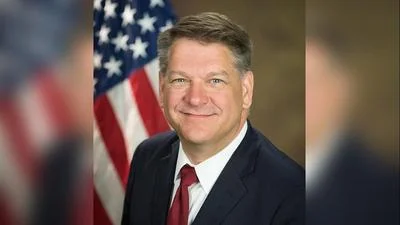Mike Nichols President | Official website
Mike Nichols President | Official website
Wisconsin lawmakers in both the Senate and Assembly have been introducing a significantly higher number of bills than in previous years, with less chance of seeing them enacted into law. In the last two legislative sessions, over 2,300 bills were introduced, but less than 12% were enacted, leading to concerns about legislative gridlock and political motivations.
Bob Karius, a former rules committee clerk in the Assembly, expressed his views on the current political landscape, stating, “The media and Governor Evers love gridlock. He has the most anti-bipartisan staff and administration in the history of the state. They’ve almost chosen gridlock. That’s their game.”
Ryan Owens, a professor of American politics at the University of Wisconsin-Madison, highlighted the increasing polarization and expansion of executive power in the state, noting that "everything is dysfunctional these days."
Karius also emphasized the pressure on lawmakers to stand out in a crowded legislative environment, saying, “If you are in the majority and your majority is so big, how do you stand out?”
The rise of social media has provided legislators with additional incentives to introduce bills to garner attention and communicate their positions to constituents. Owens pointed out that regardless of the political configuration, the trend of high numbers of bill introductions is likely to continue due to the pressures of re-election and the demands of social media.
The political polarization in Wisconsin shows no signs of abating, with potential shifts in majorities in the Senate and Assembly on the horizon. Owens concluded that as long as there is divided government, the enactment numbers are expected to remain low, but the introduction numbers are likely to keep increasing.
In conclusion, the dynamics of legislative processes in Wisconsin reflect a complex interplay of political strategies, polarization, and the evolving nature of communication platforms, shaping the way lawmakers navigate the path from bill introduction to enactment.






 Alerts Sign-up
Alerts Sign-up